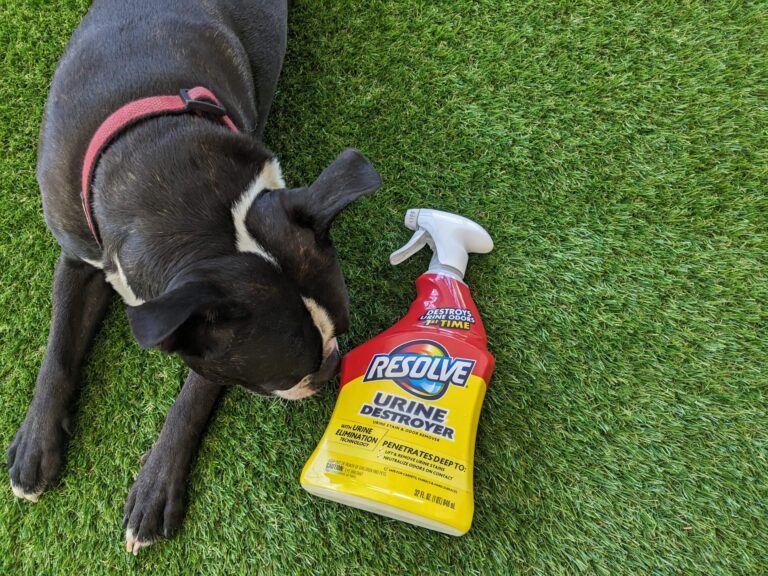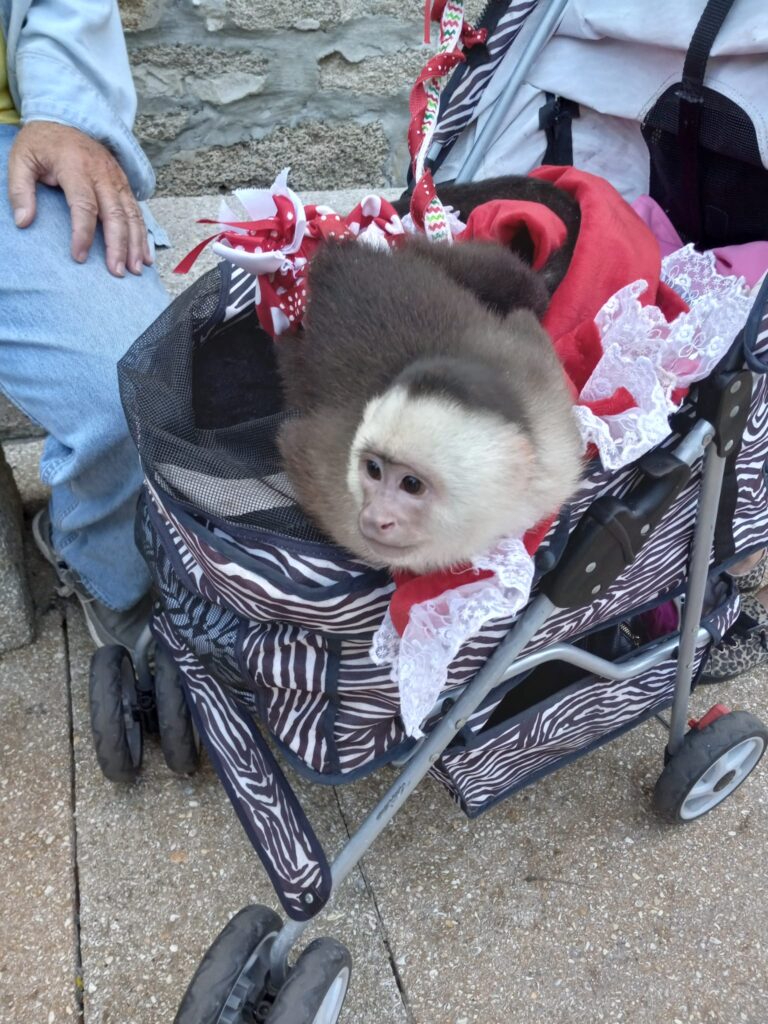Beyond Ordinary Companions: Exploring the Exotic Realm of Remarkable Pets
In a world where our furry and feathered companions come in all shapes, sizes, and colors, the realm of extraordinary pets beckons to those seeking a unique and exotic bond. Beyond the familiar wagging tails and chirping canaries lie collections of animals that stand out not only for their beauty but also for their price tags. From the vibrant plumage of the Hyacinth Macaw to the leopard-like spots of Bengal cats, these pets have found their way into the hearts and homes of individuals who are willing to invest not just in dollars but also in time, effort, and care.
In this exploration of the world of extraordinary pets, I will delve into seven distinct categories, each featuring a standout example. From the sky to the sea, from reptiles to mammals, I will unveil the allure, the challenges, and the intriguing stories behind these exceptional companions. Whether you are an aspiring pet owner, a curious enthusiast, or simply intrigued by the extraordinary, come with us on a journey into a world where the line between pets and works of art blurs, and where passion for unique companionship knows no bounds.
Please note that prices mentioned are approximate and can vary significantly based on factors such as an animal’s age, health, pedigree, and individual characteristics. Additionally, legal regulations governing the ownership of exotic or potentially dangerous animals can vary by location, so it is crucial to research and adhere to local laws and ethical considerations when considering these pets.

Exotic Birds – Hyacinth Macaw: The Hyacinth Macaw (Anodorhynchus hyacinthinus) is a captivating avian species that hails from the lush rainforests of South America. Its appearance alone is enough to mesmerize even the most seasoned bird enthusiast. With a vibrant cobalt-blue plumage that seems to capture the very essence of a clear, tropical sky, and a wingspan that can extend over three feet, the Hyacinth Macaw is a living masterpiece. Its radiant blue feathers, accentuated by striking yellow eye rings and a powerful curved beak, create a visual symphony that has left bird lovers in awe for generations. Beyond its visual allure, the Hyacinth Macaw is renowned for its remarkable intelligence and engaging personality.
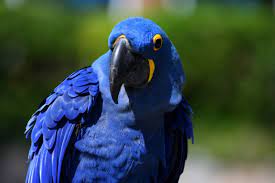
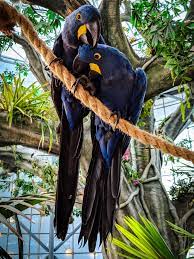
These birds possess an uncanny ability to mimic human speech and sounds from their environment, making them not just pets but conversational companions. Their innate curiosity and social nature mean that they thrive on interaction with their human caregivers. However, this intelligence also demands mental stimulation and engagement to keep them happy and content. But what truly sets the Hyacinth Macaw apart from other parrot species is its longevity. These majestic birds can live for an astonishingly long time, often well into their 60s or even longer with proper care. This makes them a lifetime commitment for those fortunate enough to share their home with one. However, their breathtaking beauty, high intelligence, and longevity come at a cost, quite literally. The Hyacinth Macaw is one of the most expensive pet birds in the United States and beyond. The reasons for their steep price tag are twofold. Firstly, their rarity in captivity presents a considerable challenge for breeders. Secondly, ensuring the well-being of these magnificent birds demands an investment not only in terms of finances but also in time and dedication.
To bring a Hyacinth Macaw into your life, one should be prepared to invest between $10,000 to $20,000 or possibly even more. This substantial financial commitment is just the beginning, as their complex needs include a spacious and enriching environment, a balanced diet, regular veterinary care, and the essential companionship of their human family. In the realm of pet birds, the Hyacinth Macaw is an exquisite gem that combines beauty, intelligence, and longevity. To have the privilege of sharing your life with one of these avian wonders is to embark on a journey of wonder and responsibility, as you become the steward of a creature that defies the ordinary and elevates the concept of what it means to have a feathered friend.
Exotic Reptiles – Panther Chameleon: The Panther Chameleon (Furcifer pardalis) reigns supreme as a living masterpiece. Native to the lush landscapes of Madagascar, this iconic reptile possesses a unique and mesmerizing ability—the power to change color.
This remarkable feature, a true marvel of nature, is not merely a form of camouflage but also a means of communication, allowing these chameleons to express their emotions and intentions in a visually stunning manner. One of the most captivating aspects of Panther Chameleons is their kaleidoscope of colors. These reptiles do not just change between shades of green and brown. Instead, they boast a vibrant array of color morphs, each more stunning than the last. From fiery reds and electric blues to deep oranges and lush greens, Panther Chameleons are a living palette of nature’s most brilliant hues. No wonder they have become a source of fascination for reptile enthusiasts and collectors worldwide.
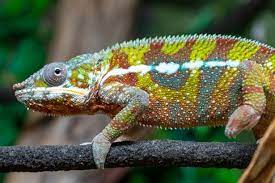
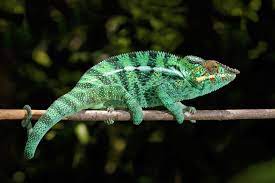
The allure of owning a Panther Chameleon goes beyond their color-changing abilities. These reptiles are relatively small in comparison to some of their larger lizard relatives, making them more manageable and suitable for those entering the world of exotic reptile ownership. Adults typically range from 10 to 20 inches in length, tail included, depending on their sex and locale. As with any rare and captivating pet, the price tag for Panther Chameleons can vary widely, reflecting the diversity of their color morphs. Well-bred specimens with vibrant, sought-after patterns can command significantly higher prices than those with coloration that is more common. Prices typically range from $200 to $500 or even more, with truly exceptional specimens reaching higher price points. However, it is important to note that the cost of acquiring a Panther Chameleon is just the beginning of the journey. These reptiles require specific care, including a proper enclosure with adequate humidity and temperature control, a varied diet consisting of insects, and access to fresh water. Maintaining their health and ensuring their well-being demands a commitment of time, effort, and resources. Owning a Panther Chameleon is not merely a pet ownership experience; it is an opportunity to witness the awe-inspiring wonders of nature up close. It is a chance to appreciate the intricacies of evolution and adaptation that have given rise to these captivating creatures. To share your life with a Panther Chameleon is to become part of an exclusive club of reptile enthusiasts who cherish not just the color-changing spectacle but also the privilege of caring for one of Madagascar’s most iconic inhabitants.
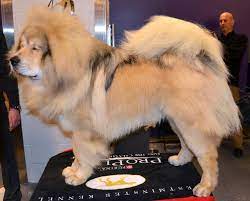
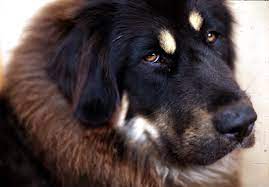
Rare Dog Breeds – Tibetan Mastiff: Among the ranks of rare and majestic dog breeds, the Tibetan Mastiff stands as a true giant in both stature and historical significance. Originating from the remote regions of the Himalayas, these magnificent canines have been a part of the mountainous landscape for centuries, revered for their imposing size, protective instincts, and unwavering loyalty. The Tibetan Mastiff is a breed that embodies regal splendor. Their presence commands attention with a powerful and robust build, standing as tall as 33 inches at the shoulder and weighing up to 150 pounds or more. A hallmark feature of these dogs is their thick, double coat, which provides insulation against the harsh Himalayan winters. This coat, along with their distinctive mane-like ruff around the neck, adds to their majestic appearance. Historically, breeders bred Tibetan Mastiffs for a noble purpose: to safeguard livestock and homesteads in the challenging terrain of the Himalayan mountains. Their role as guardians was pivotal in protecting herds from predators like wolves and snow leopards, and they did so with a courage and determination that earned them a legendary status. In the modern world, Tibetan Mastiffs have found new roles as cherished companions and guardians of their human families. However, owning one of these magnificent dogs is not a light decision. Their independent nature and strong guarding instincts require experienced ownership. Their aloofness with strangers and profound sense of loyalty to their family make them formidable protectors when the need arises. The rarity and historical significance of the Tibetan Mastiff contribute to its high price tag. High-quality Tibetan Mastiff puppies from reputable breeders can range from $5,000 to $10,000 or even higher, depending on factors like bloodline and pedigree. This initial investment is just the beginning, as Tibetan Mastiffs also demand a commitment to proper training, socialization, and healthcare throughout their lives. Owning a Tibetan Mastiff is not merely a matter of possession; it is a profound responsibility and a journey into the heart of a breed deeply rooted in history and purpose. To share your life with one of these majestic giants is to embrace a living link to a time when dogs were not just pets but guardians of civilizations in the most remote corners of the world. It is a testament to the enduring bond between humans and their loyal, protective companions.
Rare Cat Breeds – Bengal Cat: In the realm of feline allure, Bengal cats reign as a stunning testament to the wild within. These extraordinary creatures are the result of a remarkable breeding journey that combines the elegance of domestic cats with the untamed spirit of their distant Asian leopard cat ancestors. The outcome? A breed that captivates with its distinctive spotted or marbled coats, echoing the untamed beauty of the jungle. The most striking feature of Bengal cats is undoubtedly their coat. It forms a tapestry of spots and rosettes that hark back to their leopard-like forebears.

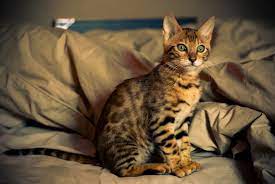
With fur that shimmers like liquid gold or glows with a hauntingly beautiful charcoal hue, each Bengal cat is a living canvas of nature’s artistry. It is as though they bear a piece of the wilderness within themselves, a constant reminder of the untamed world from which they originate. Beyond their visually arresting appearance, Bengal cats are renowned for their active and engaging personalities. They are not your average lap cats. Instead, they are curious, playful, and adventurous souls. Bengals actively enjoy interactive play and are known for their enjoyment of games like fetch, puzzle toys, and even water play.. They are enthusiastic climbers and love to perch high to survey their surroundings, much like their wild ancestors. For those fortunate enough to share their homes with Bengal kittens, the experience is nothing short of enchanting. The lively antics and inquisitive nature of these cats create an ever-evolving, dynamic bond between human and feline. Each day is an adventure, and each moment is an opportunity to witness the blend of the wild and domestic in a single creature. However, the privilege of welcoming a Bengal kitten into your life comes with a price, quite literally. Bengal kittens are in high demand due to their unique appearance and engaging personalities. Prices for these kittens typically range from $1,000 to $4,000, depending on factors like the breeder’s reputation, bloodline, and the quality of the individual kitten. For those seeking exceptional show-quality Bengal cats with exceptional pedigrees, the investment can be significantly higher. However, the rewards are immeasurable. Owning a Bengal cat involves more than mere possession; it means becoming a part of the living legacy of a breed that bridges the gap between the wild and the domestic. It is about sharing your life with a companion that carries the spirit of the jungle in its heart, a reminder that the allure of the untamed world is never too far away.
Horses – Thoroughbred Racehorses: Thoroughbred racehorses represent the epitome of equine excellence and are, without a doubt, among the most sought-after and expensive equine investments worldwide. These horses are the result of generations of meticulous breeding, a delicate balance of genetics, conformation, and lineage to create animals that excel in speed, endurance, and competitive spirit. Their incredible athleticism and spirited demeanor make them the stars of the horseracing world.

The prices associated with top-tier racehorses are as dynamic as the races they compete. They can fluctuate dramatically based on various factors, including pedigree, performance history, and the ongoing demand for winning genetics. While it is customary to see prices soaring into the millions of dollars for elite racehorses, some exceptional individuals have transcended even these lofty figures, commanding tens of millions at auctions.
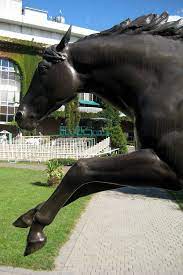
One cannot discuss the rarefied world of Thoroughbred racehorses without mentioning the legendary names that have graced the tracks. Horses like Secretariat, American Pharoah, and Justify, to name just a few, have achieved near-mythical status in the horseracing pantheon. These equine athletes have not only brought glory to their owners but have also captured the hearts of millions of racing enthusiasts worldwide. Their exceptional performances on the track, often accompanied by record-breaking victories, have solidified their places in history and added to their intrinsic value as assets in the lucrative horse racing industry.
Aquarium Fish – Clarion Angelfish: In the enchanting world of marine aquariums, the Clarion Angelfish (Holacanthus clarionensis) stands as a true gem, a living masterpiece hailing from the depths of the Pacific Ocean near the Revillagigedo Islands. This vibrant and rare saltwater fish has earned its place as a coveted addition to the collections of marine enthusiasts. Its striking appearance is nothing short of breathtaking, a symphony of colors that captivates the eye and stirs the soul. The Clarion Angelfish flaunts a palette of hues that seem plucked from an artist’s wildest dreams. Its body boasts brilliant shades of yellow that radiate warmth, while electric blue accents add an element of electrifying contrast.

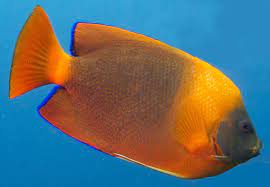
The resulting combination creates an aquatic spectacle that commands attention and admiration, akin to a living work of art swimming gracefully through crystal-clear waters. However, what sets the Clarion Angelfish apart from other marine species is not just its aesthetic beauty but also its rarity and the challenges associated with its acquisition. Found exclusively in the waters surrounding the Revillagigedo Islands, these fish have a limited natural habitat. This restricted range makes them relatively rare in the aquarium trade, adding to their allure and exclusivity. Capturing and transporting Clarion Angelfish from their remote habitat to aquariums around the world is no small feat. It involves careful planning, specialized equipment, and a deep commitment to preserving the health and well-being of these exquisite creatures. This complexity contributes to their higher price tag, with a single Clarion Angelfish often costing up to $2,500 or more, depending on factors such as size and coloration. Owning a Clarion Angelfish is not just a privilege; it is an opportunity to bring a piece of the ocean’s splendor into one’s home. However, with this privilege comes the responsibility of providing a suitable environment within the controlled confines of a marine aquarium. This entails meticulous water quality management, a balanced diet, and an understanding of their behaviors and needs to ensure their long-term health and happiness. In the world of marine aquarium enthusiasts, the Clarion Angelfish represents a pinnacle of beauty and rarity. To care for a Clarion Angelfish is to embrace the wonders of the underwater world, a daily reminder of the stunning diversity and intricate beauty that the oceans hold, and a testament to the dedication of those who cherish these underwater marvels.
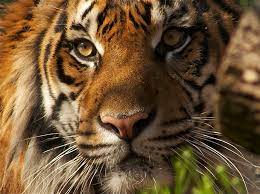
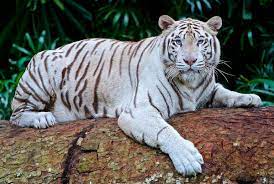
Big Cats – Legal Ownership: The allure of owning a big cat, such as lions, tigers, and leopards, evokes images of power, majesty, and a connection with the untamed world. However, the reality of bringing these magnificent creatures into one’s life is far more complex and fraught with legal, ethical, and financial considerations. In the United States, laws governing the ownership of big cats as traditional pets vary from state to state and even from locality to locality. In most states, it is generally illegal for private individuals to keep big cats as pets due to concerns about public safety and animal welfare. The potential risks associated with these apex predators, as well as the challenges in providing for their physical and psychological needs, have led to strict regulations aimed at curbing their ownership. However, exceptions exist. Some individuals and organizations, such as accredited zoos, sanctuaries, and wildlife educational facilities, legally possess big cats for specific purposes. These purposes may include conservation efforts, rescue and rehabilitation of animals in need, and educational programs aimed at raising awareness about these endangered species. The costs associated with acquiring, housing, and caring for these majestic creatures are staggering. Specialized enclosures are essential, designed not only to ensure the safety of both the animal and the public but also to mimic the big cat’s natural habitat as closely as possible. These enclosures can cost hundreds of thousands of dollars to build and maintain. Veterinary care is another significant expense. Big cats require specialized medical attention, including routine check-ups and any necessary treatments or surgeries. These animals are also subject to strict dietary requirements, and providing them with a balanced and nutritionally appropriate diet is essential to their health. Compliance with stringent regulations is paramount. Owners of big cats must adhere to a web of local, state, and federal laws that govern their care and handling. Failure to do so can result in legal consequences, including fines and the confiscation of the animals. The prices for legally obtained big cats can vary widely depending on factors such as the species, age, and lineage of the animal. While the initial acquisition cost can be tens of thousands of dollars, the long-term expenses associated with their care and maintenance can be substantial. In the realm of big cat ownership, the allure of these magnificent creatures comes with a profound responsibility. Those who legally possess them are not merely owners but stewards of some of the planet’s most awe-inspiring and endangered creatures. Their commitment to ensuring the welfare and conservation of these animals is a testament to the enduring fascination and deep reverence we hold for these iconic apex predators.
The world of exotic and rare pets, from Hyacinth Macaws to Clarion Angelfish, Bengal cats to big cats, is undeniably alluring. The appeal of sharing our lives with creatures of such beauty and distinction is a powerful draw, promising unique experiences and deep connections. Yet, as we delve into the complexities of owning these remarkable animals, it becomes increasingly clear that the decision to bring them into our homes carries substantial responsibilities, both ethical and practical.
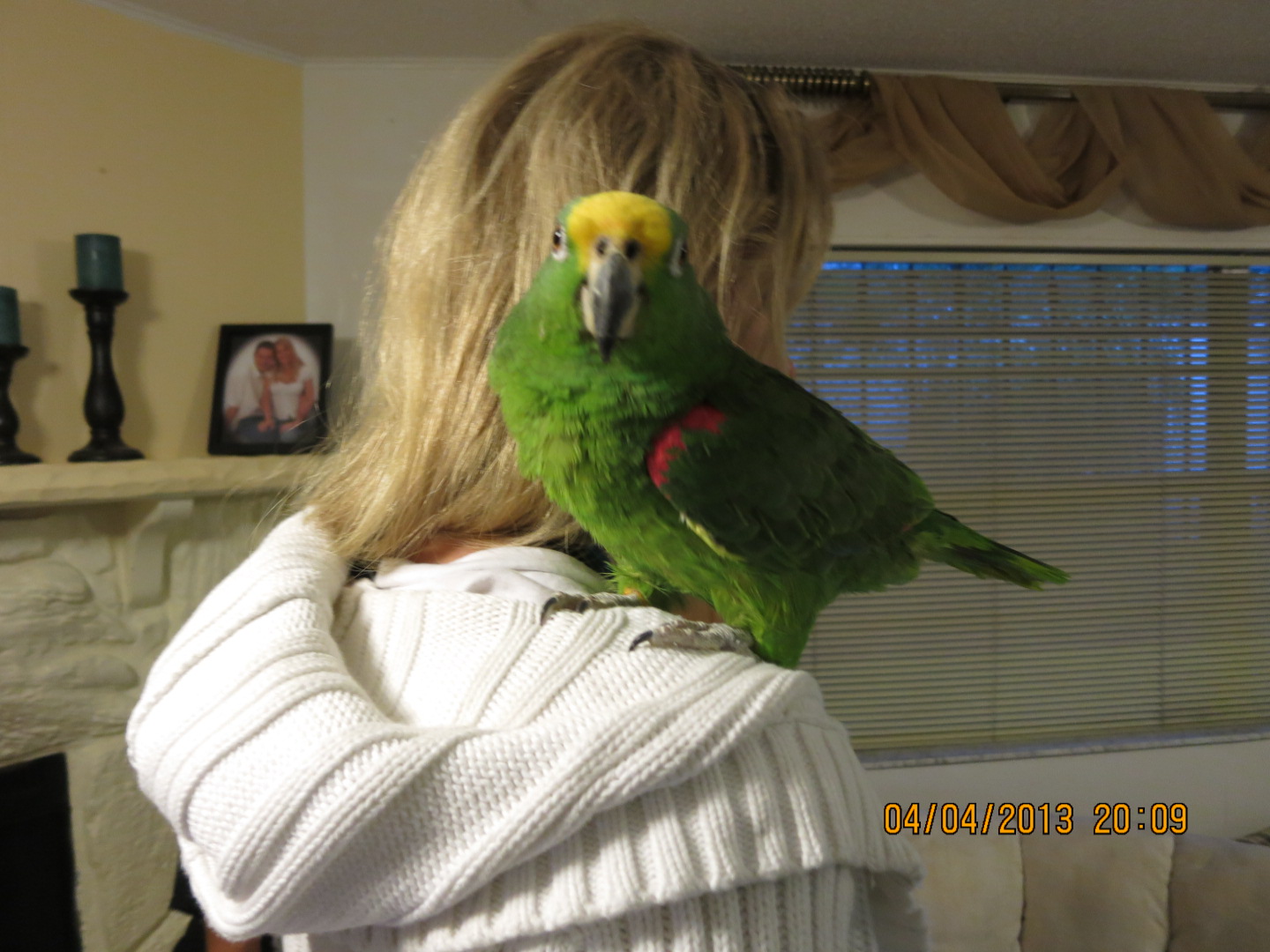
While some individuals and organizations make exceptional efforts to provide for and protect these creatures, the legal and ethical considerations surrounding their ownership are formidable. The regulations governing their care are rigorous, and the financial burdens are substantial. Moreover, the challenges in meeting their specialized needs, such as dietary requirements, environmental conditions, and social interactions, can be demanding and, at times, overwhelming.
Given these factors, it raises a fundamental question: Is it truly smart and wise to choose exotic and rare pets over more common and domesticated animals? More often than not, the answer tilts toward the latter. Common pets, such as dogs, cats, and small mammals, offer companionship, loyalty, and the joy of bonding without the complexities and potential pitfalls associated with exotic and rare species. They have evolved alongside humans for centuries, making them better suited to the nuances of life in our homes.
Additionally, choosing common pets aligns with responsible pet ownership. It allows us to adopt from local shelters, providing loving homes to animals in need, and contributes to reducing the strain on endangered and exotic species in the wild. It is a choice that fosters sustainable and ethical animal companionship.
In conclusion, while we cannot deny the allure of exotic and rare pets, we should make the decision to bring them into our lives with careful consideration, deep knowledge, and a strong commitment to their well-being and conservation. In many cases, opting for more common pets not only simplifies the responsibilities of ownership but also aligns with ethical and sustainable practices in animal companionship, ensuring that both we and our pets can enjoy a harmonious and fulfilling life together.


